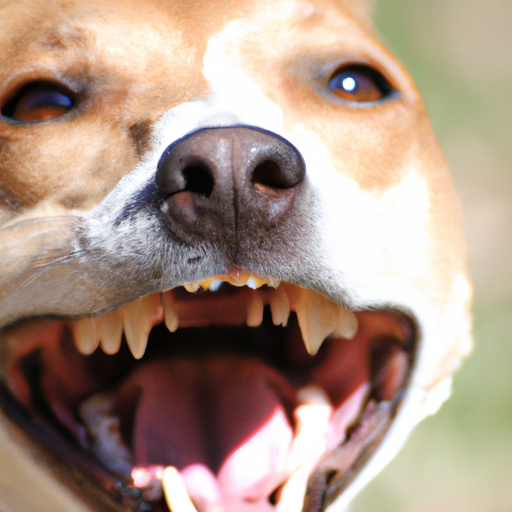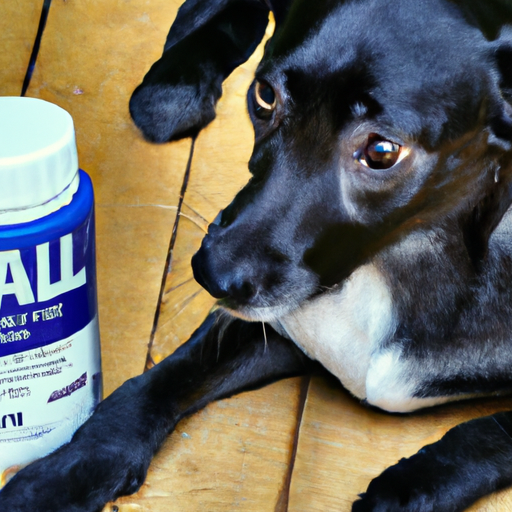What Colors Can Dogs See?
Ever wondered what colors your furry friend can actually see? If so, you’re in the right place! In this article, we’re going to explore the world through your dog’s eyes and discover which colors they can perceive. Get ready to gain some fascinating insights about your dog’s vision!
Understanding Dog Vision
When you gaze into your beloved pet’s eyes, you might wonder: What colors can dogs see? Are they seeing the world in the same way we do? Can they tell the difference between red and blue, or do they see everything in shades of gray?
Comparison of Human and Dog Vision
To understand this better, we need to do a quick comparison between human and dog vision. The human eye contains about 10 million color-sensitive cells called cones, which allow us to differentiate between a wide spectrum of colors. These cones are less concentrated in dogs, meaning their color perception will be different from ours.
Functionality of Cones and Rods in Dogs
Along with the cones, there are sensor cells termed as rods. While humans have fewer rods, dogs have more rods than humans which helps them to have superior night vision. However, having fewer cones implies their color perception might be less vibrant than ours.
The Color Spectrum
Colors Visible to Dogs
While it was previously believed dogs could only see in black and white, recent research suggests they can perceive colors albeit in a more limited spectrum than humans.
Two-color vision of Dogs
Dogs are dichromatic, which means they only see two primary colors: blue and yellow. The world around them appears in shades of blue and yellow, gray, and an in-between muddy brown color.
How Dogs Perceive Color
A dog’s eyes filter out some of the light humans see, allowing them to focus more on movement and less on detail. Their vision isn’t just about color; it’s also about spotting and tracking movement.

Sensitivity to Light and Movement
Dogs’ Superior Night Vision
Dogs’ superior night vision can be credited to their increased rod cells in their eyes. This capability makes them see better in low-light conditions compared to humans.
Motion Detection in Dog Vision
Not just light sensitivity, dogs are also remarkably good at noticing even the smallest movements which hint at their primal ability to hunt and defend.
How Dogs React to Colors
Color Influences on Dog Behavior
Colors can influence your dog’s behavior. Certain colors can calm your dog, while others can make them anxious or excited.
Dogs’ Color Preferences
Studies suggest that dogs tend to prefer blue and yellow hues over others. So keep this in mind while picking out toys, bedding, or even your dog’s food bowl!
Case Study: Dog Color Perception Experiments
Methodologies Used In Experiments
A study conducted by scientists involved training dogs to pick color papers. The papers were randomly placed, and dogs were guided to select the right color paper.
Results and Findings About Dogs’ Color Perception
The findings confirmed that dogs could both differentiate between colors and display a preference for certain colors – primarily blue and yellow.
Implications for Dog Owners
Choosing Colors for Dog Toys and Accessories
As your dog can perceive blue and yellow better than other colors, consider choosing toys, leashes, and other accessories in these hues to enrich their visual experience.
Decorating your Home with Dog-Friendly Colors
You might also want to incorporate more dog-friendly colors into your home decor like your dog’s bed, blankets, or crate to make them feel more comfortable and at ease.
Colour Blindness in Dogs
Causes of Color Blindness in Dogs
While rare, some dogs can be color blind, usually due to genetic factors.
Signs and Symptoms of Color Blindness in Dogs
It can be challenging to identify color blindness in dogs, but if your pet seems to have trouble distinguishing between blue and yellow objects, it may be a sign.
Treating and Managing Color Vision Deficiency in Dogs
Treatment options for Color Vision Deficiency
Currently, no known treatment can correct color vision deficiency in dogs, but it’s typically not a condition that disrupts their quality of life.
Ways to Enrich the Environment for Color Blind Dogs
You can enrich their environment and lifestyle by using textures and patterns instead of relying purely on color for differentiating items or areas in their environment.
Common Misconceptions about Dog Vision
Debunking Myths About Dog Vision
Contrary to popular belief, dogs do not see only in black and white. Similarly, the idea that dogs have poor vision is also untrue.
Understanding the True Nature of Dog Vision
It’s essential to understand that while dogs’ color perception may not be as rich as ours, their visual abilities are uniquely adapted to serve their needs and instincts.
Conclusion
Summarizing Dogs’ Color Perception
So, the next time you wonder, “What colors can my dog see?” remember – it’s not just black and white.
Impacts on Pet Owner Behavior
A better understanding of your dog’s color perception can impact how you interact with them, what toys you buy, and even how you decorate your home. Recognizing and accommodating these sensitivities can greatly enhance your relationships with your four-legged friends.







